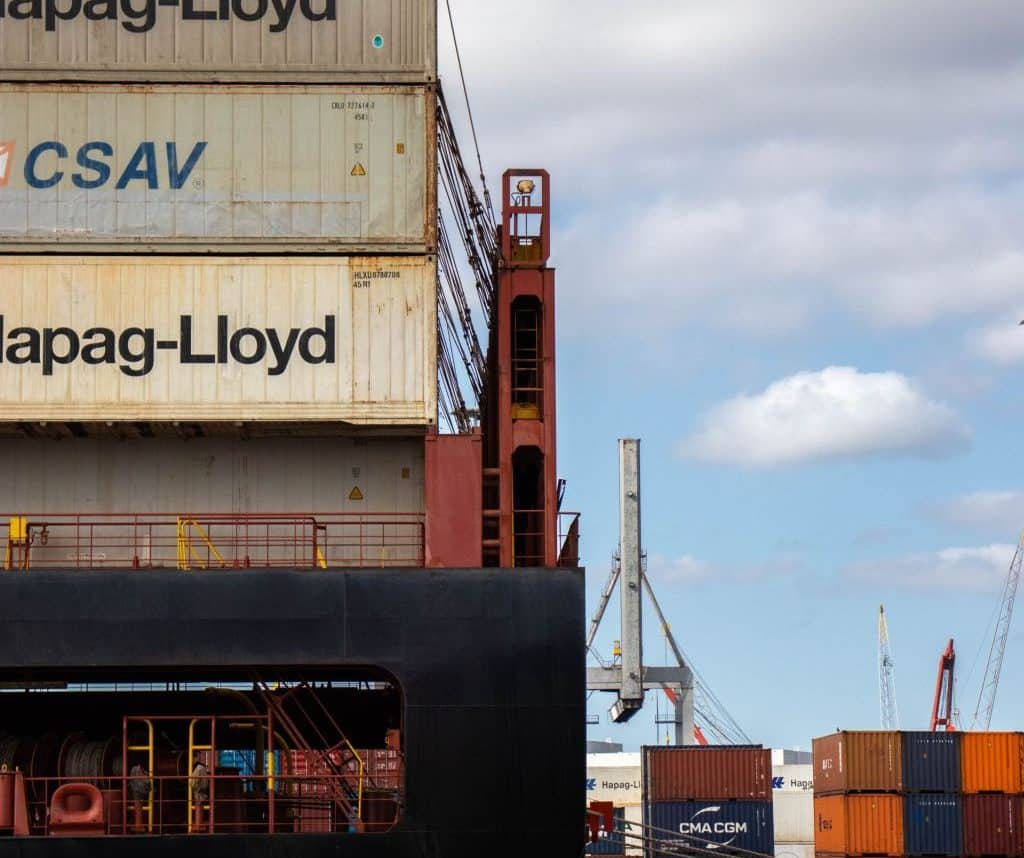Which country is the biggest investor in Australia? Given all the furore around things being bought up by China, it must be the Chinese, right?
Wrong. In fact, China is only fourth on the list of countries that invest the most money into our economy. The number one investor is the United States, followed by the United Kingdom and Japan. China comes in fourth.
Only 17% said US is the biggest investor in our economy
But if you got it wrong, don’t feel too bad. Only one in six people – 17% of respondents – who were asked the question in a poll organised by the University of Sydney’s United States Studies Centre managed to get it right.
The vast majority, 71% of the people questioned, thought China was the biggest investor.
China is, indeed, Australia’s largest trading partner. But that’s not quite the same thing as being the biggest foreign investor.
Widespread public ignorance about international investment
The university said the poll of just over 1 000 people showed “good public understanding of Australia’s trade relationships, but widespread ignorance about international investment”.
Just 8% of those questioned were able to place the top foreign investment nations in the correct order. Transactions defined as ‘international investment’ include the purchase of land, property, shares and financial instruments.
“While there have been some high profile and controversial Chinese investments in Australia, the flow of Chinese investment in Australia has never exceeded that from the United States,” the report said.
More than one out of every four dollars invested in Australia from overseas comes from the US, with US investments now standing at $984-billion.
But Aussie exports to the US have halved in 15 years
However, the report points out that America’s share of total exports from Australia has halved in 15 years – from 8% to 4%. The main reason seems to be growing trade with the rapidly developing Chinese economy.
David Uren, the author of the report, noted that Australia could lose out on further export deals to the US as America’s pursuit of bilateral deals has seen China increasing its barley imports from the US, while at the same time imposing higher tariffs on Australian barley.
Looking at the broader trade outlook, Uren noted that countries around the world were “resorting to protectionist measures of some sort to defend the export-exposed sectors of their economies”.
Australia, he believed, had to resist those pressures.












